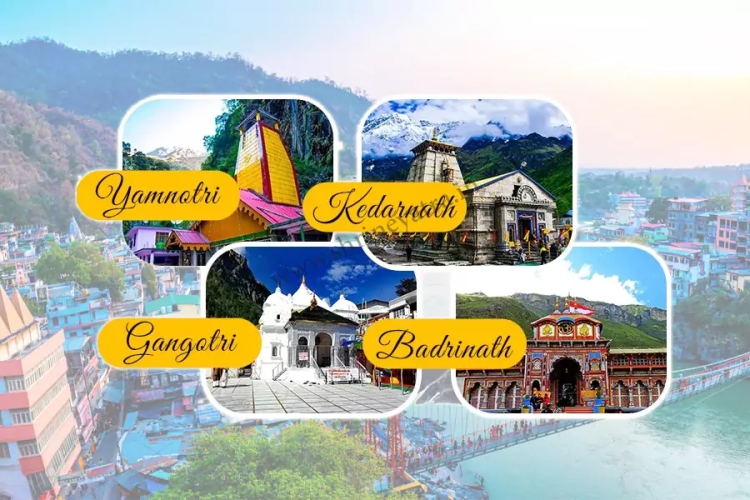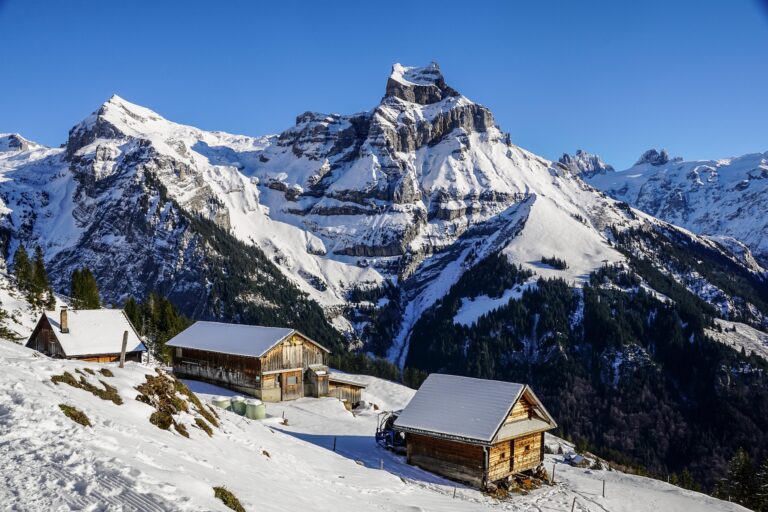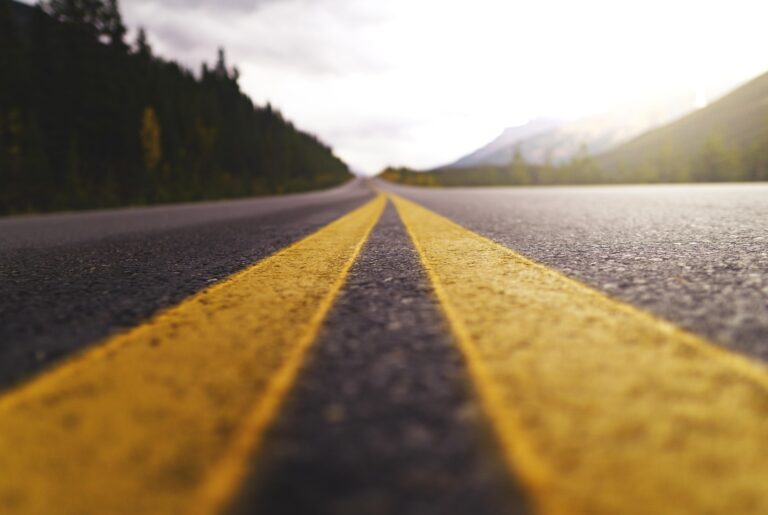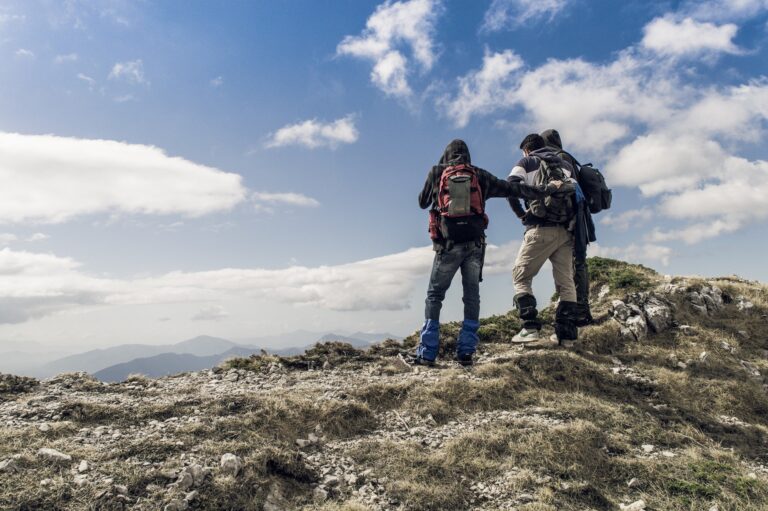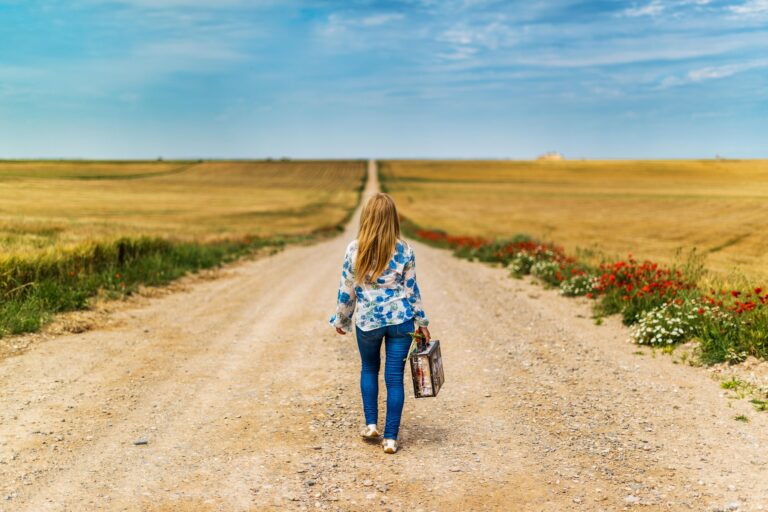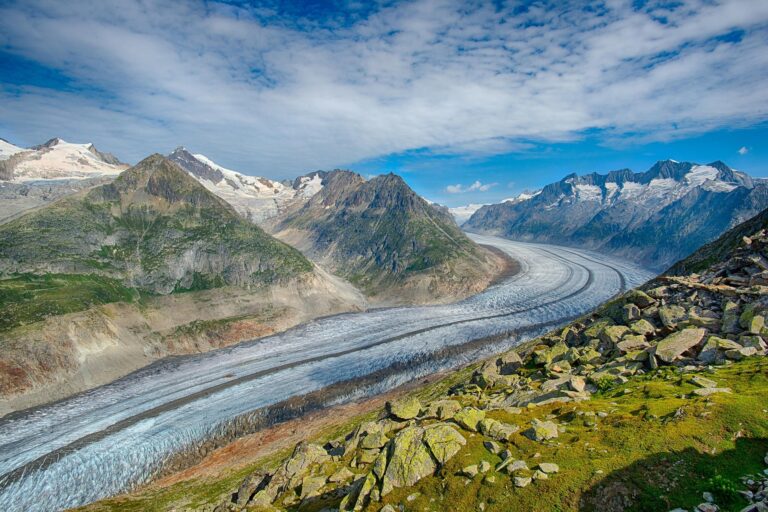The Chardham Yatra—comprising the sacred Hindu pilgrimage sites of Yamunotri, Gangotri, Kedarnath, and Badrinath—is an unforgettable spiritual journey through the Himalayas of Uttarakhand, India. Pilgrims from across the country and around the world travel to these remote temples for blessings, inner peace, and connection with divine energy.
However, due to the extreme Himalayan weather and altitudes, planning the timing of your visit is essential for a safe and fulfilling experience. This guide explores the best time of year to visit the Chardham temples, season by season, helping you choose the most suitable window based on your goals and comfort.
Chardham Temple Opening and Closing Dates
Before we dive into seasonal details, it’s important to know that the Chardham temples are only open for about six months each year—typically from April/May to October/November.
- Opening Dates: The temples usually open on Akshaya Tritiya, which falls in late April or early May.
- Closing Dates: They close around Diwali, in late October or early November, depending on local traditions and the Hindu calendar.
Outside of this window, the temples remain closed due to heavy snowfall and dangerous weather conditions in the Himalayas.
1. Summer Season (Late April to June): The Ideal Time
Temperature: 10°C to 25°C
Best for: All types of travelers—families, elderly pilgrims, and first-time visitors
The summer months, especially May and June, are considered the best time to undertake the Chardham Yatra. The weather is pleasant, the sky is generally clear, and all the routes and facilities are fully operational.
Why Visit During Summer?
- Roads to all four Dhams are open and safe.
- Comfortable weather conditions allow for trekking and long drives.
- Medical and accommodation services are fully available.
- Most pilgrimage groups and tour packages are active during this time.
However, being the peak season, expect large crowds at each Dham. If you’re someone who prefers serenity over social gatherings, consider starting the journey in late April or early May, just after the temples open.
2. Monsoon Season (July to mid-September): A Risky Period
Temperature: 5°C to 20°C
Best for: Adventurers and experienced travelers with flexible plans
During the monsoon, heavy rainfall often leads to landslides, roadblocks, and unpredictable delays. The region becomes dangerous, especially for senior citizens, children, or anyone with health concerns. While the temples remain open, the journey becomes more of a challenge than a pilgrimage.
Why Avoid Monsoon?
- High risk of landslides and flooding.
- Poor road conditions and frequent closures.
- Travel delays, including blocked highways and helicopter suspensions.
- Increased risk of infections and altitude sickness due to damp conditions.
Despite the challenges, some seasoned travelers choose this time to experience the lush greenery and spiritual solitude, as fewer people visit during this season. If you do plan a monsoon trip, ensure you have a flexible itinerary, proper travel insurance, and stay constantly updated on weather conditions.
3. Post-Monsoon / Autumn (Mid-September to late October): A Peaceful Window
Temperature: 5°C to 15°C
Best for: Devotees seeking tranquility and photographers who love scenic beauty
Autumn is a fantastic time for the Chardham Yatra. The rain clouds have cleared, the air is crisp, and the Himalayan views are simply breathtaking. This period also marks the tail end of the Yatra season, and hence you’ll encounter fewer crowds.
Why Visit During Autumn?
- Clear skies offer excellent views of snow-capped peaks.
- Peaceful temple surroundings with minimal waiting time.
- Ideal lighting and landscapes for photography.
- Generally safe travel conditions compared to monsoon months.
Autumn is particularly popular with spiritual seekers who want to experience the Dhams in their most serene form. The Kedarnath and Badrinath closing ceremonies, usually held around Diwali, are also a grand spiritual experience not to be missed.
4. Winter (November to April): Closed for the Season
Temperature: -5°C to -15°C
Temples are closed
Best for: Devotees visiting the winter abodes of the deities
Due to extreme snowfall and sub-zero temperatures, all Chardham temples close their doors during winter. However, for the truly devout, the journey doesn’t have to end. Each deity has a winter home in lower altitudes:
- Yamunotri’s idol is moved to Kharsali village.
- Gangotri’s idol goes to Mukhba village.
- Kedarnath’s idol is shifted to Ukhimath.
- Badrinath’s idol is worshipped at Joshimath.
Visiting these winter seats of worship is an alternative spiritual experience with minimal crowds and a deeply devotional atmosphere.
Month-by-Month Summary
| Month | Weather | Crowd Level | Travel Conditions | Recommendation |
|---|---|---|---|---|
| April | Cold but dry | Low | Roads start opening | Good for early starters |
| May | Pleasant | High | Excellent | Ideal time to go |
| June | Warm and sunny | Very high | Excellent | Peak season |
| July | Rainy and slippery | Moderate | Risky due to landslides | Not recommended |
| August | Heavy rains | Low | Poor | Avoid travel |
| September | Clear skies, cool | Moderate | Improving | Good for quieter experience |
| October | Cold, dry, scenic | Low | Very good | Great for photography & peace |
| November-March | Snowy and frozen | Very low | Inaccessible | Temples closed |
Conclusion: When Should You Go?
The best time to visit the Chardham temples truly depends on your personal preferences:
- Choose May-June if you want good weather, full access, and convenient travel—but are okay with crowds.
- Pick mid-September to October if you seek fewer people, picturesque views, and a more introspective experience.
- Avoid the monsoon months unless you’re a seasoned traveler prepared for uncertainty.
- Explore winter abodes between November and April if you want a quieter and equally spiritual experience.
No matter when you decide to embark on your Chardham Yatra, always check temple schedules, weather updates, and travel advisories before finalizing your journey. With proper planning, this sacred pilgrimage will leave you enriched, rejuvenated, and spiritually uplifted.
Pro Tip: Book your accommodation and transportation well in advance during peak season, and always carry essential medicines, woolens, and rain gear regardless of your travel month. The Himalayas are known for surprise weather changes!

